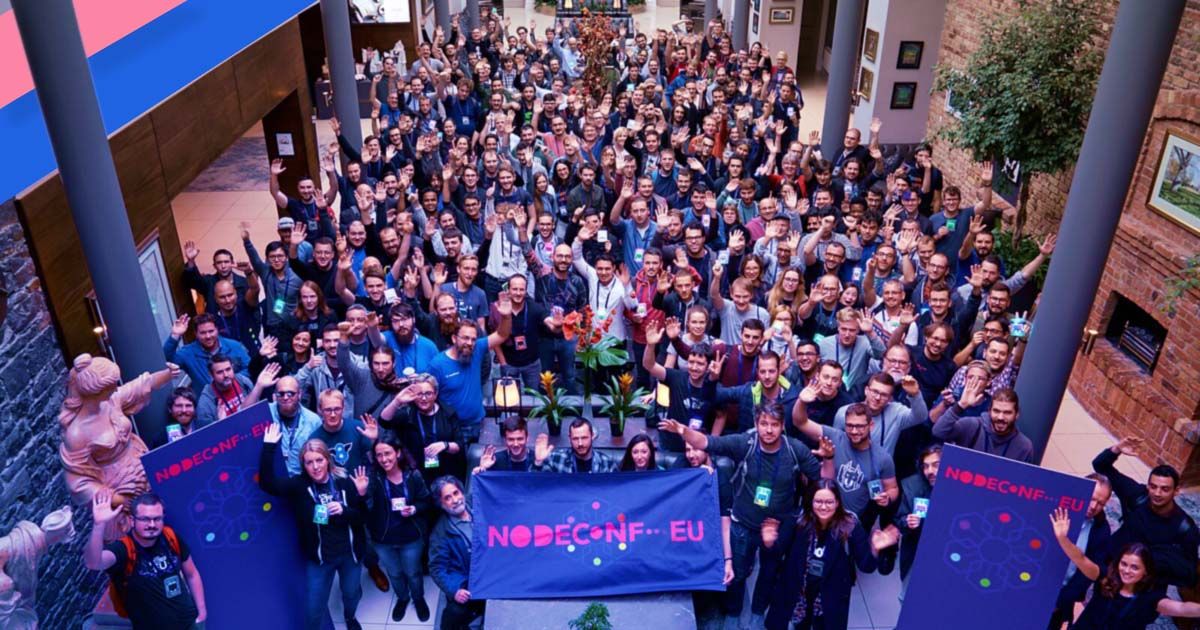Earlier this year we introduced paid plans for web3.storage, including a free tier. A lot of users had been asking for this, which was no surprise to me. With my background creating companies around open source, I’ve always seen how heavy users with businesses depending on technology are comforted by the idea of commercial relationships. Service level agreements and support are key to successful large scale adoption. In a surprising way (from my original perspective as a hobby coder), paying for something makes it easier for businesses to adopt.
However, the soul of the DAG House team is rooted in user empowerment and leveling the playing field. So it’s clear to us that free forever is an important promise we make our users. As a person who’s not always on top of the latest changes in my credit card number etc, using systems like DNS for hobby projects requires constant vigilance, lest I lose a treasured project forever. At web3.storage we promise that our free tier is designed to support your portfolio in a worry-free way, given your resource limits don’t exceed the free quotas. As a small business or student, you should feel safe hosting your apps on web3.storage, especially if you rely on reference datasets that are already sponsored by DAOs and other stakeholders. Even in the unlikely event a developer deploys and forgets an app on web3.storage, users can always band together to support the app, so if your project takes off unexpectedly the path forward is unencumbered.
The web3.storage free tier offers 5GiB storage, global CDN performance, and a quota sized for app dev, personal projects, data backpack, etc. We expect that outside of big-data use cases, the free tier should be more than enough to support the development needs of students, small businesses, and hobbyists.
What if my app goes viral?
The default option for developers who drop w3ui components into their front-end apps, is user paid storage. In that case the user experience will include a login / registration flow establishing cryptographic keypairs for the device and prompting new users to validate an email address in return for access to the free tier. In this way, as an app creators, you can assume most of your users will work within the free tier, so the cost for you and them is nothing. Heavy users and users of multiple applications on web3.storage will exceed the free plan (unless your app sponsors their storage) but at that point the user retention problem is ours not yours. The easiest way to write apps is with user-paid storage, and most of your users will probably be on the free plan.
With generous free offerings, why would anyone choose a paid tier? Aside from supporting the aforementioned commercial relationships, which is so key to large scale adoption (no one ever got fired for adopting web3.storage), the paid tiers relieve scale limits, offer user experience flexibility, and usage visibility. With user paid plans, people have to click links in their email account. With app paid storage, just like typical cloud offerings, users don’t even need to know you are using web3.storage. With paid storage you can enable accelerators like SuperHot, and you can see details about your application’s data use (even if you can’t see encrypted data).
Beyond free plans, large projects can be supported by public benefit grants. NFT.Storage leads the way on this front in it’s move to a DAO structure. Because web3.storage uses Filecoin for archival storage, perpetual storage contracts can also take advantage of our upload APIs and content accelerators. We are seeing more and more IPFS, web3, and web workloads moving to the platform, and we invite you to join them.




